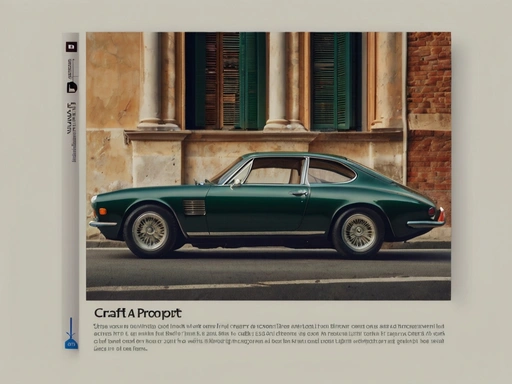Drawing the Line: Illustration, AI, and the Return of Representation
As artificial intelligence reshapes visual culture, a new agency reclaims space for human illustrators — with care, clarity, and conviction.
In an age where algorithms generate images faster than thought, the act of illustration becomes a quiet form of resistance. Gildlings, a newly launched agency dedicated to representing illustrators, emerges not as a nostalgic gesture, but as a strategic response to the shifting landscape of visual production.
Founded by creatives with deep roots in publishing and design, Gildlings positions itself as a curator of human nuance. Its mission? To protect, promote, and evolve the role of the illustrator — not in opposition to AI, but in dialogue with it.
The agency’s launch comes at a moment of tension and possibility. As generative tools flood the market with synthetic visuals, the value of intentional mark-making, of style shaped by experience, becomes more visible. Gildlings doesn’t reject technology; it reframes it. It asks: what does authorship mean when machines mimic taste? What does representation look like when the image is detached from the hand?
For Blend London Magazine, this story resonates deeply. It speaks to our belief in clarity over noise, in creativity as a relational act. Illustration, in this context, is not just a service — it’s a statement. A way to draw the line, literally and metaphorically, between automation and attention.
Gildlings offers more than contracts. It offers care. And in a world of infinite output, care is the rarest currency.
In the age of AI, illustration becomes not just a craft — but a conversation. Gildlings is listening.

